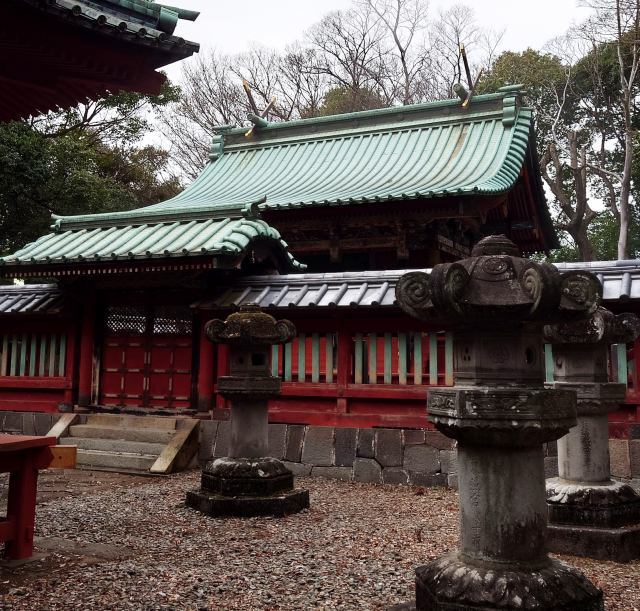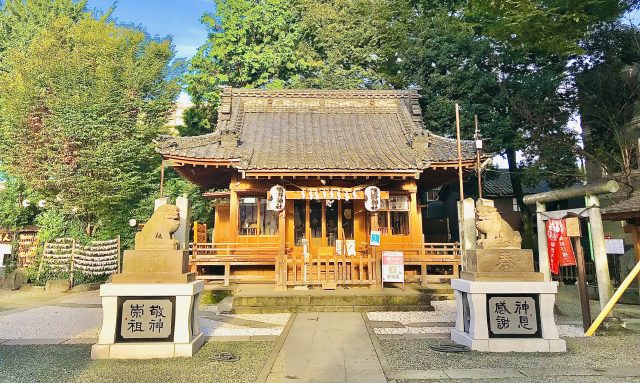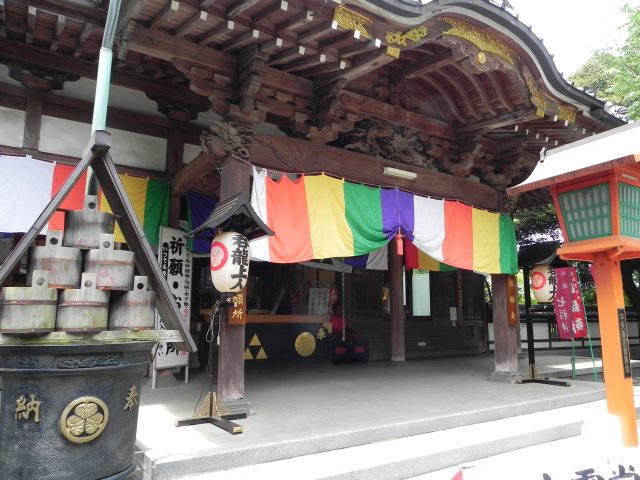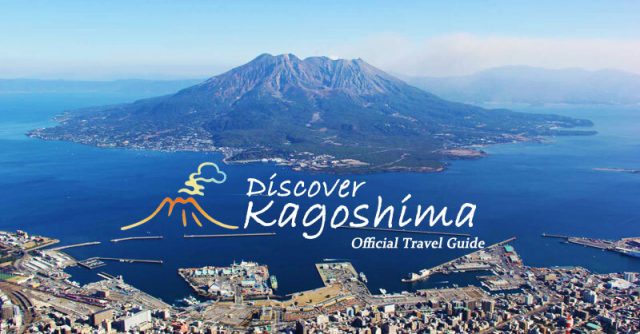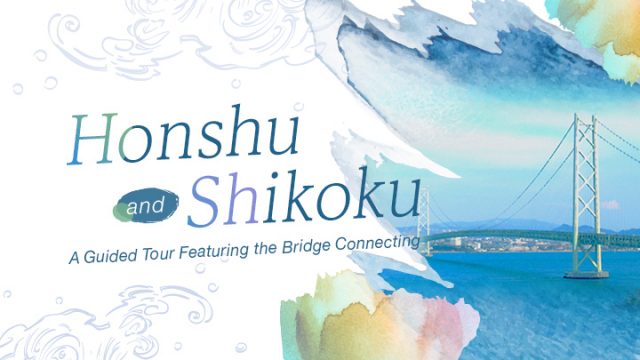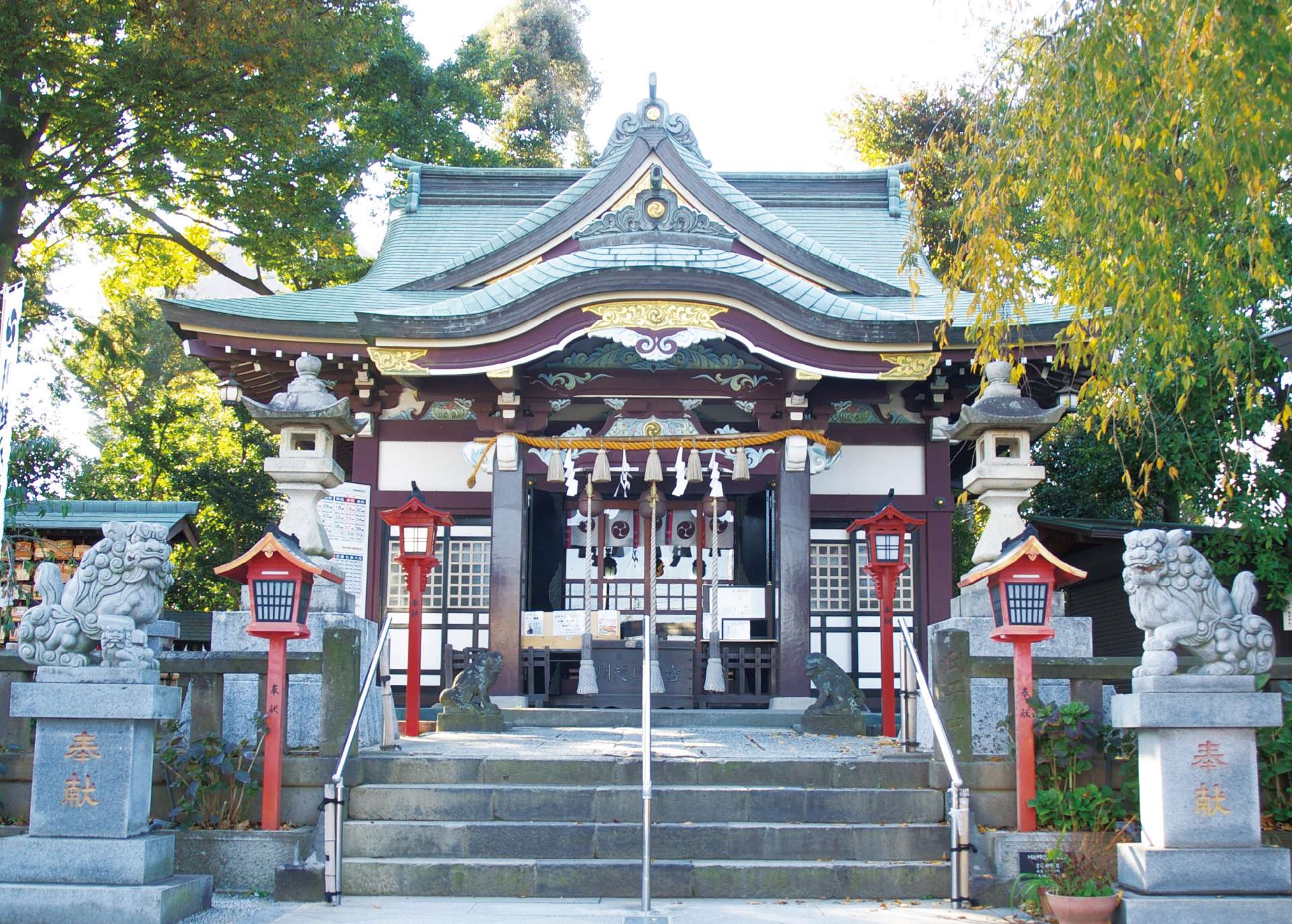
Verified [Verified] denotes information that has been published with confirmation of its owing parties.
Kawagoe Hachimangu
A venerable shrine with a 1000-year history, uniquely bearing the "Kawagoe" place name within the city.
It is said to have been founded in 1030 (Chogen 3rd year) by Minamoto no Yorinobu, the Governor of Kai, during the reign of Emperor Go-Ichijo, the 68th emperor of Japan.
The shrine was established following the "Revolt of TAIRA no Tadatsune" in 1028 (Chogen 1st year), where Minamoto no Yorinobu prayed for victory on this site before successfully quelling the rebellion. Grateful for his victory, Yorinobu constructed the shrine here. Thus, it is believed to grant success in exams and sports, attracting many students and athletes for prayers.
A symbol of the shrine is the large ginkgo tree within the precincts. Upon closer inspection, it's evident that the tree consists of two ginkgos, male and female, entwined together. Planted in 1933, over the years they have merged into one, a romantic tale that endears many. Touching the ginkgo is said to bring blessings, making it a popular spot for young women praying for good relationships.
Additionally, the shrine precincts house the Minbu Inari Shrine (also known as Sumo Inari), especially revered for "leg and lower back health." The footprints of Yuki Kawauchi, a Guinness World Record-holding marathon runner, are displayed here.
Highlights
-
Prayers made on this land led to a warrior's victory, hence it's believed to bestow success in exams and endeavors.
-
The shrine's symbol, the "married ginkgo" tree, is a single tree formed from two ginkgos over many years.
-
Unique in Japan, the shrine also venerates a deity for curing eye diseases and achieving spiritual insight.
-
Known as a spot for beautiful hydrangeas, their nighttime illumination is particularly enchanting.
Photos
-
![The "married ginkgo" tree, a popular spot for prayers for good relationships.]()
The "married ginkgo" tree, a popular spot for prayers for good relationships.
-
![The main deity worshipped is Emperor Ojin, the 15th Emperor of Japan, also revered as the "God of War, Hachiman."]()
The main deity worshipped is Emperor Ojin, the 15th Emperor of Japan, also revered as the "God of War, Hachiman."
-
![Minbu Inari Shrine within the precincts is particularly known for blessings for leg and lower back health.]()
Minbu Inari Shrine within the precincts is particularly known for blessings for leg and lower back health.
-
![The foundation of physical health: "Leg and Lower Back Health Amulet."]()
The foundation of physical health: "Leg and Lower Back Health Amulet."
-
![The amulet for curing eye diseases and achieving spiritual insight.]()
The amulet for curing eye diseases and achieving spiritual insight.
-
![The shrine is also a renowned spot for cherry blossoms within the city.]()
The shrine is also a renowned spot for cherry blossoms within the city.
Official FAQs
Frequently Asked Questions have been vetted and answered directly by each listing.
Q
Do you have pamphlets in other languages? (If so, please also inform us of the supported languages)
Sorry, we don’t.
Q
Are there Goshuin (shrine seals) available?
Yes, various Goshuin are available, including a flower hand-water Goshuin, a 1000th-anniversary limited Goshuin, Minbu Inari Shrine, Senba Toshogu, and Kawagoe Sanmine Shrine.
Q
Is parking available?
Yes. (Accommodates 30 vehicles)
Q
Are coin lockers available?
Not available.
Q
Are there any smoking areas?
Not available.
Reviews
Details
- Name in Japanese
- 川越八幡宮
- Postal Code
- 350-0045
- Address
- 19-3 Minamitorimachi, Kawagoe City, Saitama
- Telephone
- 049-222-1396
- Closed
- Free to walk
- Business Hours
- Always open
- Admission
- Free
- Access
- About 6 minutes walk from JR and Tobu Kawagoe Station.
- Credit Cards
- Not accepted
- Official Website
- Official Website (Japanese)







